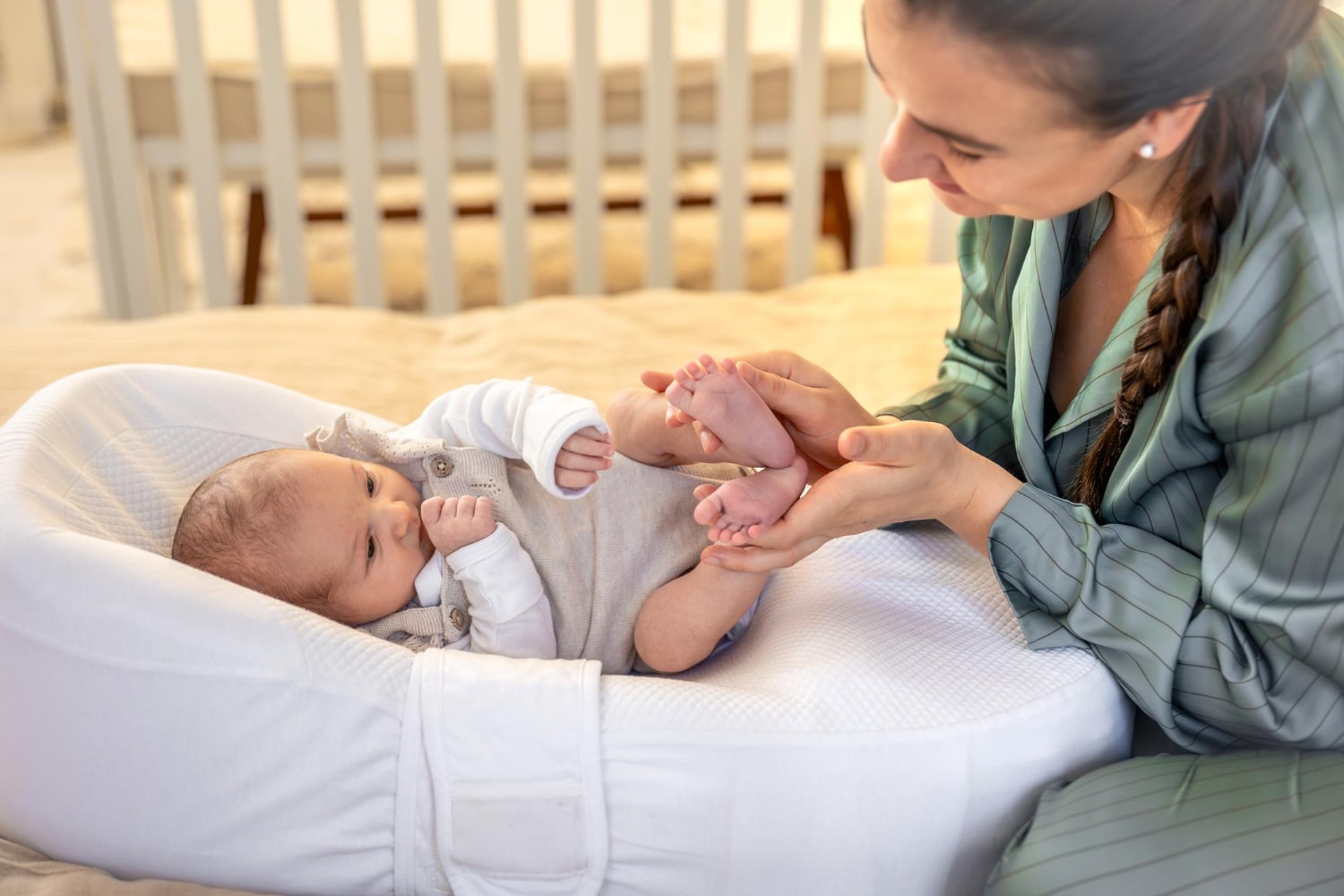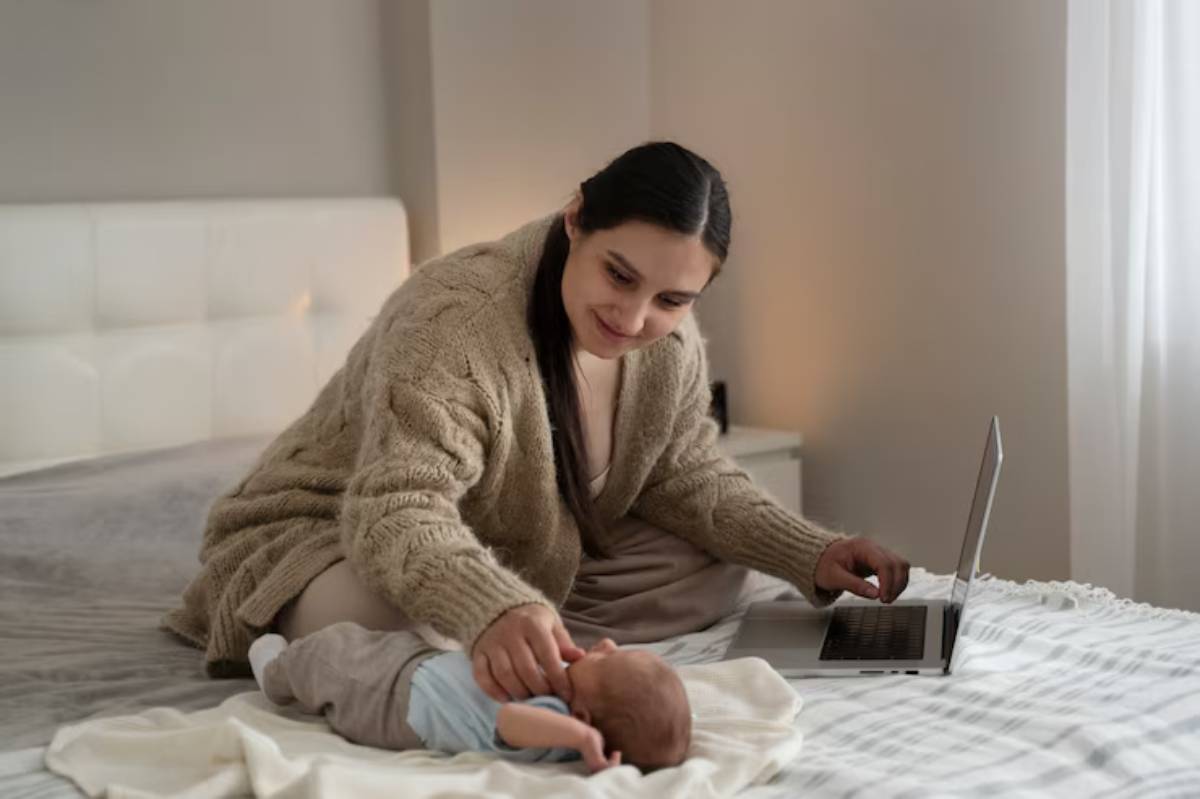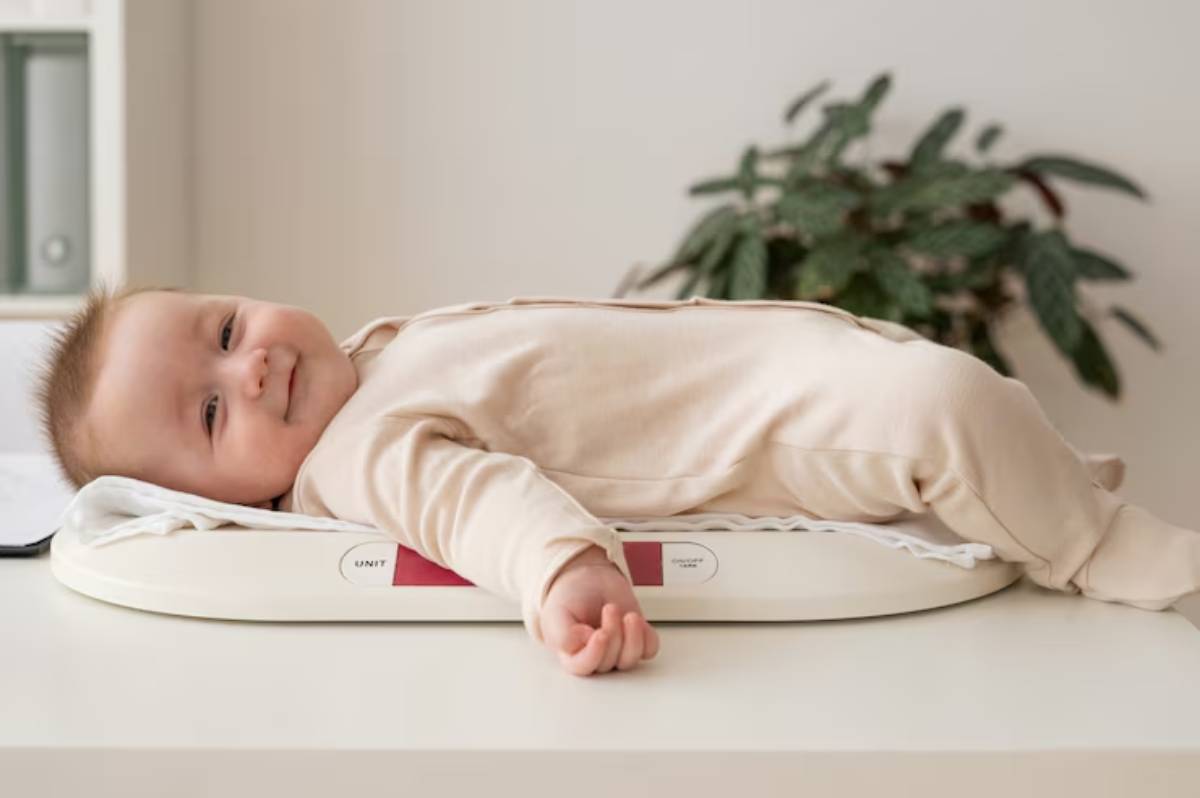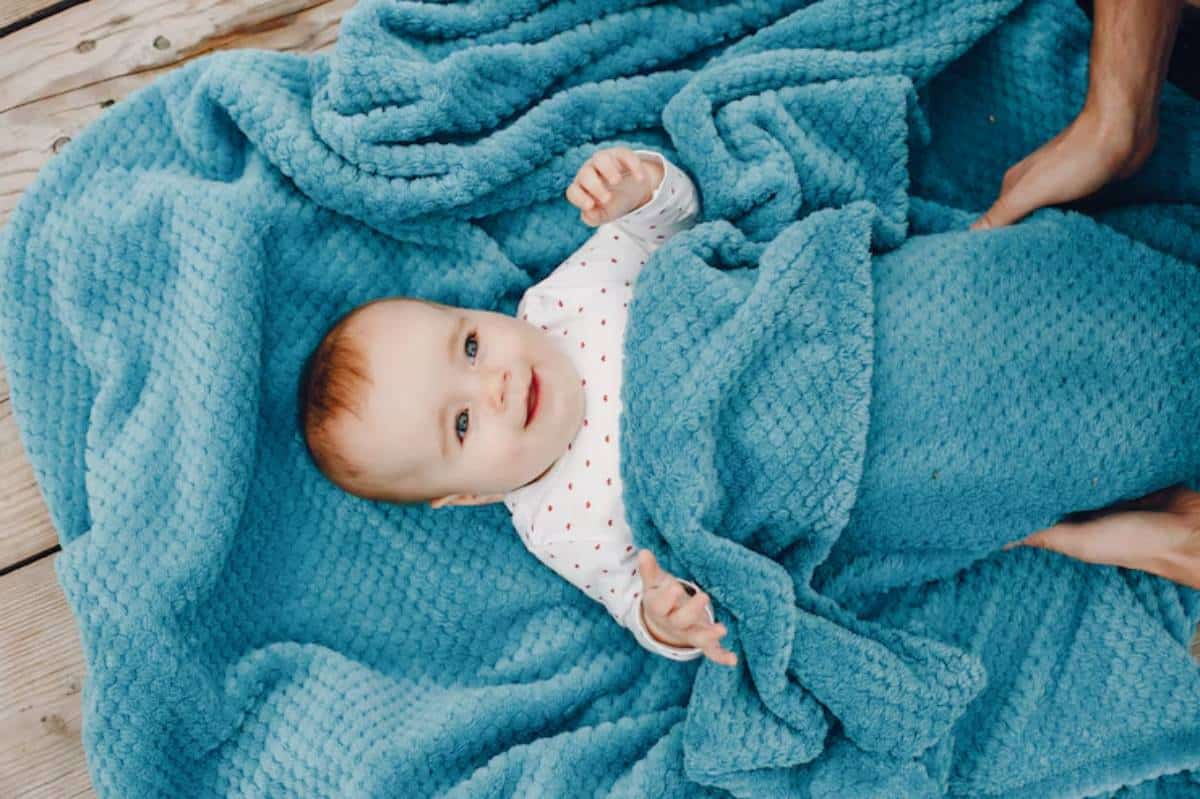
Weighted Sleep Sacks: Are They Safe and Effective?
As a parent, you’ve likely spent countless hours researching how to help your baby sleep better. You’ve tried lullabies, white noise, the perfect bedtime routine — and then stumbled across a seemingly magical solution: weighted sleep sacks. Promising deeper sleep and fewer wake-ups, these baby-sized alternatives to weighted blankets are trending fast.
But are they truly safe? Or is the calm they promise outweighed by medical concerns?
With paediatricians, sleep consultants, and parents offering differing opinions, it’s understandable if you feel torn. In this article, we’ll explore the facts, science, and experiences behind weighted sleep sacks. You’ll learn how they work, what safety guidance exists, and whether they’re a good fit for your baby’s sleep routine.
What Are Weighted Sleep Sacks?
A Modern Take on Soothing Touch
A weighted sleep sack is a wearable blanket with gentle, evenly distributed weight. It mimics the calming effect of being held — a sensation newborns and infants naturally find reassuring. Unlike traditional swaddles or standard sleep sacks, weighted versions incorporate small beads or quilted layers designed to apply light pressure on a baby’s chest or body.
The goal? To soothe your baby into a deeper, more restful sleep — and keep them asleep longer.
Key Features of Weighted Sleep Sacks
- Made from breathable, hypoallergenic materials
- Weight distributed over the chest or torso (not the head or limbs)
- Designed for use in place of blankets
- Often used after the swaddling phase
While they sound dreamy, the debate surrounding their safety, particularly for babies under 12 months, is still very much active.
How Do They Work?
The Science Behind Deep Touch Pressure (DTP)
Weighted sleep sacks leverage a principle called Deep Touch Pressure (DTP). This therapeutic technique applies gentle, consistent pressure to the body, activating the parasympathetic nervous system. The result? Lower heart rate, calmer breathing, and a drop in stress hormones.
In adults and older children, this effect has been linked to better sleep and reduced anxiety. Weighted blankets have long been used in sensory therapy for children with autism, ADHD, and anxiety disorders.
But here’s where things get tricky — the research in infants is limited.
The Safety Question: Are Weighted Sleep Sacks Safe?
What Medical Experts and Authorities Say
When it comes to infant products, safety guidance must always start with trusted health organisations.
- The American Academy of Pediatrics (AAP) strongly advises against using weighted blankets, swaddles, or sleep sacks for babies under 12 months, citing suffocation and overheating risks.
- The NHS and UK paediatricians largely align with the AAP, advising caregivers to avoid anything that adds weight or restricts natural movement during sleep.
In 2022, the U.S. Consumer Product Safety Commission (CPSC) launched an investigation into several infant deaths potentially linked to weighted swaddles. While no specific bans have been enforced, the concerns are valid.
There is currently no widespread medical endorsement of weighted sleep sacks for babies, especially under 12 months.
Risks to Consider
1. Restricted Movement
Weighted materials can inhibit a baby’s natural startle reflex, potentially preventing them from moving freely. If a baby rolls over and is unable to reposition themselves, the risk of suffocation increases.
2. Overheating
Extra materials or insulated beads can trap heat, raising the baby’s body temperature. Overheating is a known contributor to Sudden Infant Death Syndrome (SIDS).
3. Positional Asphyxiation
If the weight shifts or is placed too close to the neck or face, it could increase pressure on the airway. Newborns have underdeveloped neck muscles and limited ability to reposition themselves.
4. Lack of Regulation
Unlike car seats or cribs, weighted sleep products aren’t subject to consistent safety regulations. Brands can set their own standards, which may not always prioritise infant health over marketing appeal.
What Do Parents Say?
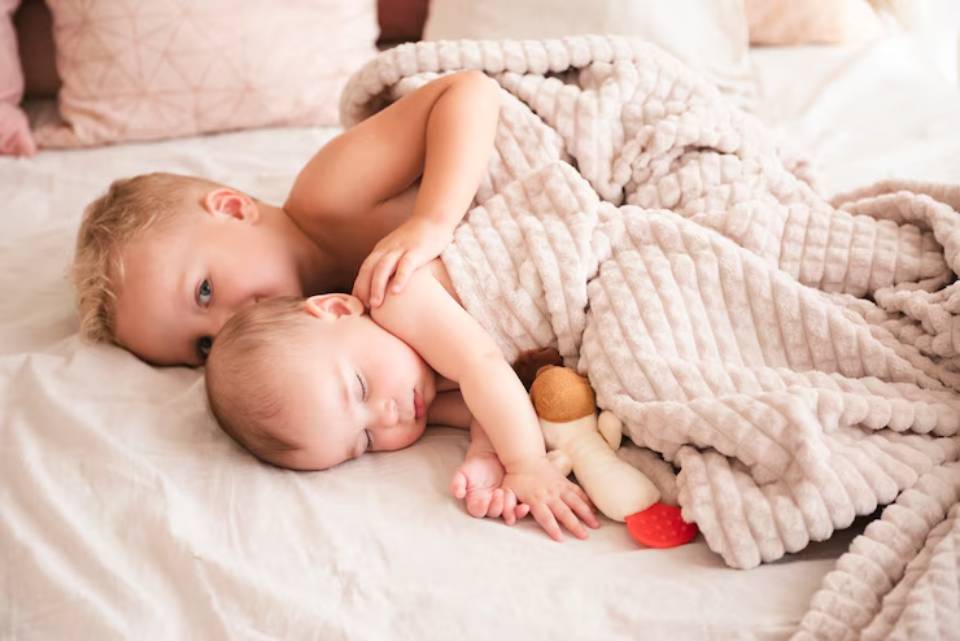
Mixed Experiences on Sleep and Safety
Many parents report positive outcomes: longer naps, fewer night wakings, and generally calmer babies. Brands like Dreamland Baby and Nested Bean have thousands of glowing reviews. However, anecdotal evidence should be taken with a pinch of salt.
Real-world example:
Sarah, mum of a six-month-old in Leeds, shared, “Our daughter struggled with sleep regressions, and the weighted sack seemed to help. But after reading the new safety updates, we switched back to a regular one. It wasn’t worth the anxiety.”
On forums and social media, others voice similar hesitations — especially with guidance from experts now trending towards caution.
Are There Safe Alternatives?
1. Standard Sleep Sacks
A lightweight sleep sack without any added weight can still help signal bedtime and prevent loose bedding in the cot.
2. Swaddling (0–2 months)
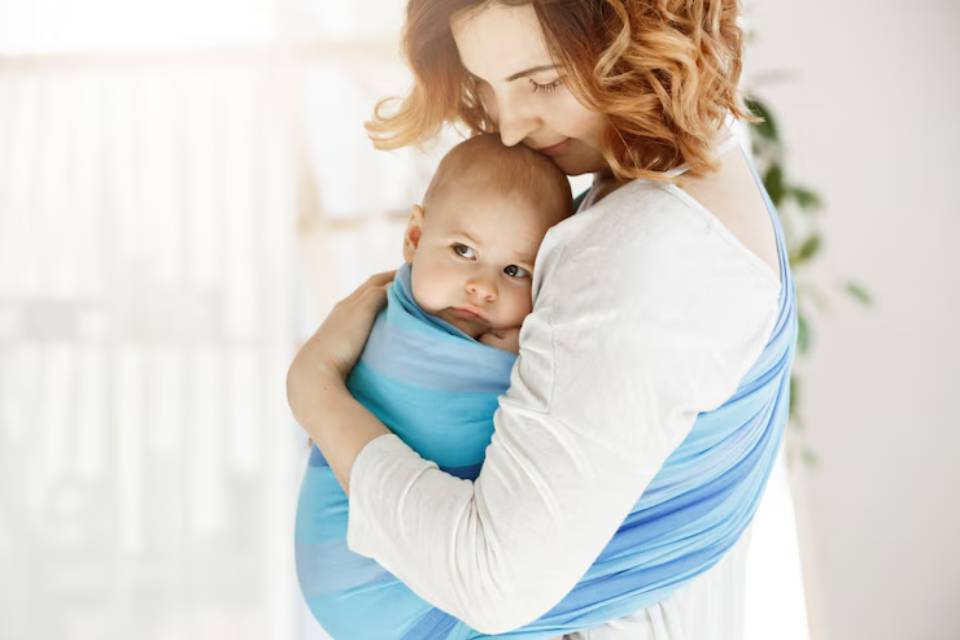
When done correctly and stopped once the baby begins rolling, swaddling can be highly effective in calming newborns.
3. White Noise and Routine
Consistent sleep cues — like a calming bedtime routine, white noise, and dim lighting — remain the most evidence-backed methods for improving baby sleep.
If you’re navigating those tricky newborn stages, understanding baby sleep regression can help you manage nighttime disruptions more confidently.
Should You Use a Weighted Sleep Sack?
Considerations Before You Decide
If you’re still considering trying one, ask yourself:
- Is my baby under 6 months or unable to roll safely?
- Does the product meet trusted guidelines and have transparent safety testing?
- Am I choosing this out of desperation or informed decision-making?
Never use a weighted sack without consulting your paediatrician first.
Some brands suggest they are safe from birth, but medical consensus leans toward caution. When in doubt, opt for lighter, regulated options that follow SIDS prevention guidelines.
Expert Insights on Sleep Safety
What Sleep Consultants Say
Many certified infant sleep consultants recommend non-weighted sleep sacks and a structured routine over any one product.
“Sleep is a developmental process. No gadget or product will override biology,” says Emma Kenny, UK-based infant sleep coach. “The safest sleep happens on a flat surface, on the back, with minimal coverings.”
Regulatory Changes to Watch
As public scrutiny increases, several industry watchdogs are calling for clearer regulations. The Baby Products Association (UK) is currently reviewing market standards for wearable infant sleep products, and the CPSC continues to investigate incidents related to weighted models.
If regulation evolves, expect manufacturers to update safety certifications, marketing language, and product designs accordingly.
Staying informed about product recalls and updates is just as important as purchasing the right product in the first place. Learn how to choose safe baby sleep environment.
Proceed With Informed Caution
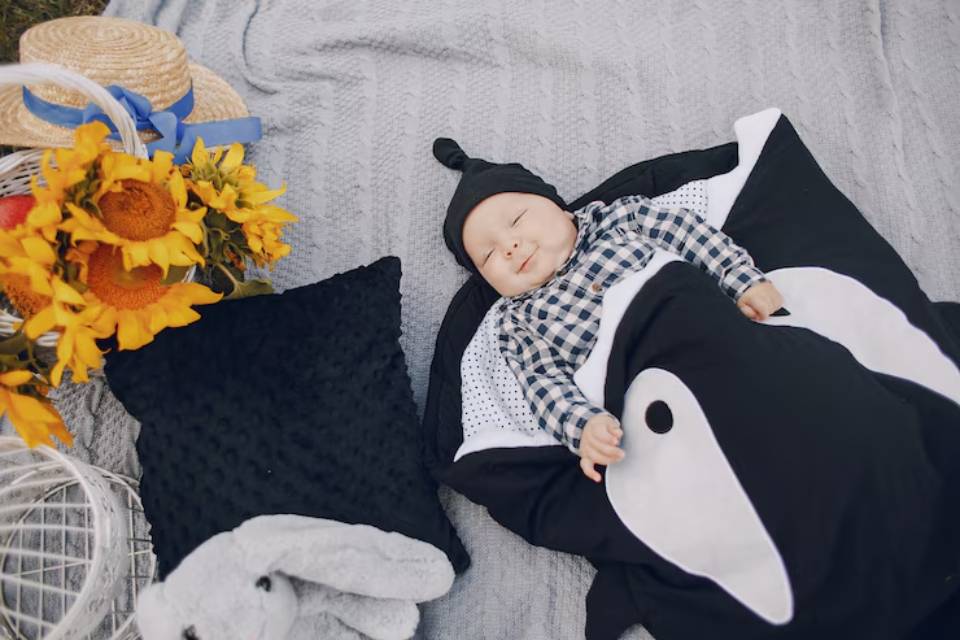
Weighted sleep sacks are tempting. They promise more sleep — something every new parent dreams of. But when it comes to infant safety, the best decisions are made from knowledge, not desperation.
Right now, medical professionals do not recommend the use of weighted sacks or blankets for babies under 12 months. While some parents may find them helpful, the potential risks — restricted movement, overheating, positional asphyxiation — cannot be ignored.
If you’re looking for sleep solutions, focus on safe, proven techniques. Talk to your health visitor, research trusted brands, and remember: there’s no one-size-fits-all solution in parenting — only the one that feels right, safe, and informed.
Sleep will come — safely, gently, and in time.
